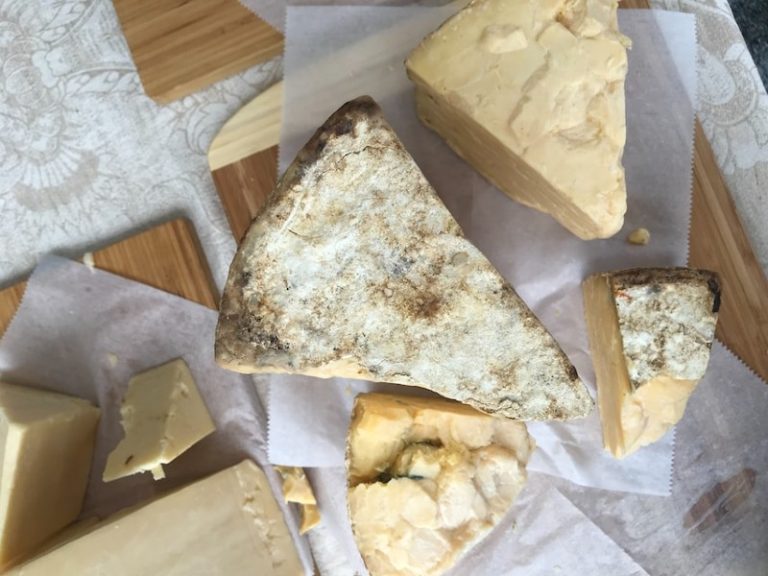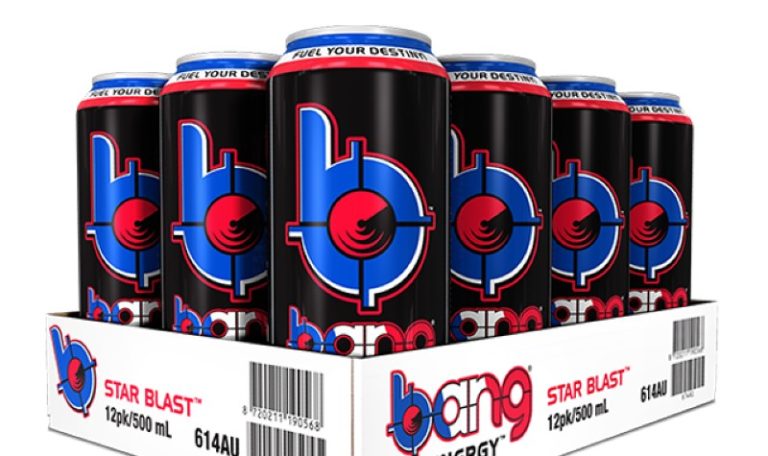“Melt” by Louise Nason and Chika Watanabe
The last ten years has seen a growth explosion in the number of artisanal chocolate shops in many of the world’s capital cities. I have travelled from New York to Paris, London, Rome, Tokyo, Beijing, Moscow and New Delhi looking into some of the world’s most expensive, rarefied and respected chocolate boutiques, and, even as a chocolate scholar and patissier, I cannot keep up with all the newcomers to the industry.
Artisan chocolate making underpins a booming business, maybe only accounting for approximately 3% of the overall £3.6 billion chocolate sales in Britain, but nevertheless an important and influential barometer of consumer trends in the luxury food market sector. Where chocolatiers lead, other parts of the market will follow.
If a beautiful, well run artisanal chocolate shop opens up in your neighbourhood you can be sure of one of the following seguing their way down your street: fine wine merchants, specialist delicatessens, independent bookshops cum cafés, sourdough bakeries and tapas bars. The lexicon of foodie narratives in all magazines, social media and online recipe blogging is now peppered with references to Amedei Toscano Black, San Jose del Tambo, Guanaja Grue and Cru Virunga. Like sherry, rind washed cheese and single estate olive oil, the cacao bean is enjoying a renaissance of appreciation, understanding and reverence.
The Ledbury Road area of Notting Hill, London, has always been prosperous and pretty, home to some very sophisticated shops that purvey life’s treats and temptations to the patrician well heeled and spoken. In 2006 Melt opened its doors to much acclaim and has worked very hard since then to earn its place in the chocolate connoisseurs’ carte de destination. Once Lucia Van der Post, doyenne of upper class living, has penned a missive about your atelier in The Financial Times “How To Spend It” magazine, then you know your ship has sailed into a warm and safe harbour, away from retail’s choppy waters.
Founded by Louise Nason, mother of 4 children (a huge accomplishment in and of itself), with head chocolatier Chika Watanabe, who previously worked at Claridges and The Lanesborough Hotel, Melt is a very beautiful and cutting-edge shop: the thinking chocolatier’s apogee. There are white walls, lots of light, sparkling clean floors, vases of fresh seasonal flowers, kind assistants and packaging worthy of Smythson of Bond Street. A buffet bar shelf is arranged with triumphant tiers, trays and towers of truffles, slabs, bars, little chocolate logs, squares, bonbons, thins, caramels, macaroons, lollipops and nuggets. You can help yourself with wooden trays and tongs, or sit and enjoy a hot chocolate drink. The standard of production is vertiginously inspirational: handmade, thoughtful, personal. Your heart skips a beat when they ask you whether you are looking for sea salt, chilli, orange marmalade, fresh fruit, flower, honeycomb, coffee or nut flavours. You stumble into stammering submission: please choose for me, I am speechless.
And now, just in time for the Christmas bibliophile rush, a heady cocktail has been mixed. Equal portions of Louise Nason and Chika Watanabe’s skill, style and simple delivery have been brought together with the dramatic, graphic flair of international award winning food photographer, Jean Cazals, and the quiet, independent, pioneer spirit of Absolute Press, now an imprint of Bloomsbury Books.
“Melt. A book of chocolate” sets out to show you how to make some of the shop’s most popular creations at home. Yet homely is not a word I would use to describe this oeuvre. It balances its aesthetic imprint on the fine wedge between chicness, modernity and artisanal earthiness. You will see very striking photography of the chocolatier’s tough, wooden utensils on bamboo matting; drizzles and smears of molten chocolate spread by steel palettes and scrapers; cacao bean pods sit on baking parchment and cinnamon, cardamom, mace and star anise lie on a dark chocolate slab. You are face to face with the work of the chocolate craftsman, peeking into the maestro’s workshop, nose pressed against the vitrine of all that is creamy, forbidden and atavistic about this powerful, dark ingredient.
The dominant colours of the book are black and white, resonating with the shop’s logo and branding, so that the bold crimson of tissue paper, the emerald green of chopped pistachio nuts, the sunshine yellow of popcorn, and the burnt ochre of chilli flakes are in stark contrast to a very minimalist and contemporary backdrop. This is a book to immerse yourself in: it is ambitious in scope, accomplished in voice and innovative in reach.
Divided into eight main didactic sections, you can decide quite quickly which recipes you might wish to try: spices and herbs; nuts and seeds; fruit and tropical twists; blossoms, leaves and roots; pure and simple; kick.
Louise and Chika take you through the essential skills and methodologies needed to understand the make-up and behaviour of chocolate: how it should be melted, tempered, turned into ganache, filled, sealed, rolled, dipped and dusted. There are step-by-step written and photographed instructions on how to make chocolate shapes and Easter eggs, and as you turn each page you are learning, discovering and salivating. You will feel impatience and urgency at the thought of getting started.
This review should not mislead you: after many years of studying chocolate and working with it, I can honestly say it is a temperamental product that, like dough, wine, cheese and dairy, is hostage to the vagaries of the barometer, your mood and good fortune. Not all instruction is easy and all knowledge transferable in the world of chocolate. To truly master its intricate charecteristics there is no book, no matter how well written, which could replace a day spent with a professional chocolatier, watching, copying, practising and repeating.
Yet if you start at the very beginning, read carefully and follow the instructions, there is no reason why everyone should not be able to make lovely marzipan logs, banana, coconut and passion fruit bonbons, cassis cylinders and chocolate cake with mascarpone and white chocolate topping.
There are recipes and ideas here I have not come across before: like an eager child unwrapping a birthday present, I visually tripped and skipped through every title, noting new themes, ingredients and concepts.
You may well find yourself using this book for a variety of different occasions and situations. You might make the chocolate and raspberry hearts on page 49 for a dinner party ending, or the fruit marshmallows on page 122 for a child’s birthday party, or the fennel and ginger discs on page 143 to wrap in cellophane, tie with ribbon and give away as a gift or Christmas stocking treat.
Experts in the field that want to publish a chocolate book after “Melt” are now placed in a quandary position: on the one hand no work could be so simple and pure, and on the other hand none could surpass it for luxuriousness and evocative styling. Caught twixt one and the other I care not: as a chocolate student and obsessive I found it informative, educational and inspirational. Much like leaving the shop itself, you feel at a loss when you come to the end.
Further information
Melt: www.meltchocolates.com
Follow the Melt team on Twitter: @meltchocolates
Absolute Press: www.absolutepress.co.uk
Follow the Absolute team on Twitter: @absolute_press
Jean Cazals: www.jeancazals.net
Follow Jean on Twitter: @JCazals

